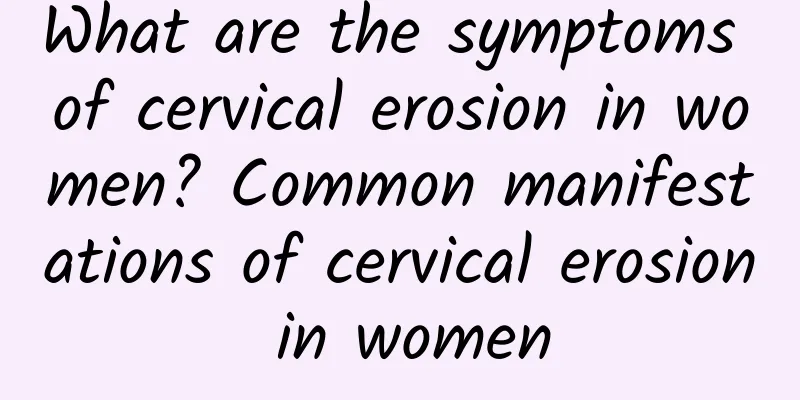How to check chronic adnexitis

|
Chronic adnexitis can be diagnosed through medical history inquiry, physical examination and auxiliary examinations such as B-ultrasound, blood tests, etc. Combined with symptoms and clinical manifestations, doctors can further determine the severity of the disease and carry out relevant treatment. 1) Medical history inquiry and symptom analysis The doctor will first understand the patient's detailed medical history, including whether there are symptoms such as long-term abdominal pain, abnormal menstruation, increased vaginal discharge, or lumbar pain. These common manifestations of chronic adnexitis are very helpful for the initial diagnosis of the disease. It is also crucial to clarify the patient's previous history of reproductive system infection or surgery (such as pelvic surgery). When seeing a doctor, the patient should truthfully inform the doctor of his or her condition in order to make a more accurate diagnosis. 2) Importance of physical examination Physical examination is an important step in diagnosing chronic adnexitis, which mainly includes gynecological examination. During gynecological examination, the doctor may feel tenderness, thickening, masses and other abnormalities in the uterine adnexal area. These signs can indicate the presence of chronic adnexitis. By palpating the abdomen and assessing the degree of pain, it is also possible to identify whether there are other diseases, such as endometriosis. 3) Auxiliary examinations help clarify the diagnosis -Ultrasound examination: Ultrasound is a commonly used method for examining chronic adnexitis. It can clearly show whether there are masses, fluid accumulation or thickening in the adnexal area, especially observe inflammatory changes in the fallopian tubes. - Blood tests: A routine blood test may reveal elevated white blood cells, indicating a chronic infection. In addition, elevated C-reactive protein (CRP) also supports the diagnosis of inflammation. - Secretion culture: Bacterial culture of cervical or vaginal secretions can identify the specific pathogens of infection, thereby guiding more targeted drug treatment. The examination of chronic adnexitis requires comprehensive judgment using multiple methods. Patients should receive standardized treatment as soon as possible after a clear diagnosis to avoid further aggravation of the disease and impact on reproductive function. |
<<: Will the ovarian cyst in the newborn be completely absorbed?
>>: Body dampness and heat affect abnormal vaginal discharge
Recommend
How many days should I rest after painless abortion?
Painless abortion refers to painless artificial a...
Why do little girls get ovarian cysts?
Ovarian cysts in little girls may be caused by en...
Here are some common symptoms of ovarian cysts
In real life, the symptoms of ovarian cysts are r...
Do you know what are the early symptoms of ovarian cysts?
What are the early symptoms of ovarian cysts? Wha...
Intrauterine adhesion is one of the complications of abortion
Excessive suction and curettage during abortion c...
How to treat Bartholinitis
The main cause of Bartholinitis comes from sexual...
There are two main treatments for ectopic pregnancy
Ectopic pregnancy is a common gynecological disea...
Let’s learn about the symptoms of chronic adnexitis
What are the symptoms of chronic adnexitis? The s...
Causes of irregular menstruation in girls
Reasons for irregular menstruation in girls: Mens...
Can people with premature ovarian failure eat river crabs?
People with premature ovarian failure can eat riv...
What are the common symptoms of acute pelvic inflammatory disease?
Everyone knows that there are types of pelvic inf...
Which hospital treats uterine effusion quickly?
Everyone knows about uterine effusion. Uterine ef...
What causes dysmenorrhea in women?
What is the cause of dysmenorrhea in women? Exper...
Can uterine fibroids cause miscarriage?
Can uterine fibroids cause miscarriage? Uterine f...
Three common diagnostic methods for congenital absence of vagina
Congenital absence of vagina is one of the causes...









